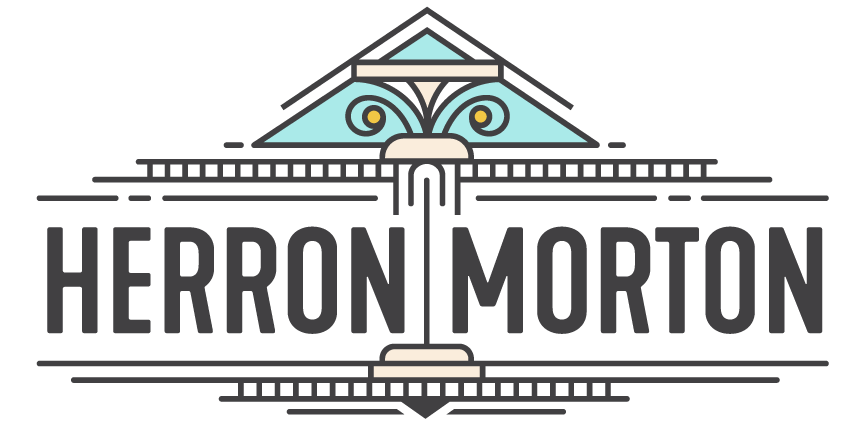Design Standards
This material is presented for informational purposes only. Herron-Morton Place holds no liability for inaccuracies that may be contained herein. Individuals are urged to contact the Indianapolis Historic Preservation Commission for complete guidelines as may apply to your project.
The Indianapolis Historic Preservation Commission utilizes design standards as a guide in determining the appropriateness of projects within the Herron-Morton Place Historic Conservation Area. These standards were created in order to preserve and protect the area's historic resources and unique characteristics while allowing for growth and new development.
The design standards are to be used as a guide by property owners and others interested in developing a project or in making simple improvements within the Herron-Morton Place Area. The staff of the Indianapolis Historic Preservation Commission is available to help interpret the criteria established by the standards and assist in finding appropriate approaches for the development of projects. The standards cover the following topics.
- Architectural Styles
- Renovation Guidelines
- New Construction Guidelines
- Additions and Accessory Buildings
- Site Development and Landscaping
- Demolition Guidelines
- Guidelines for Moving Buildings
- Sign Guidelines
- Low-Moderate Income Homeowner's Exemption
These standards are guidelines and should not be read as absolute rules. Every project will have its own differing set of goals, constraints, problems and impacts, all of which may suggest a somewhat different utilization of the standards.
The information contained throughout these pages has been obtained from the Indianapolis Historic Preservation Commission's Herron-Morton Place Historic Area Plan. All restoration, rehabilitation, and new construction projects must conform to the design guidelines set forth in this plan. The IHPC has design review only over exterior changes. However, building interiors, as well as exteriors, may have historical and architectural significance. Therefore, the retention and restoration of interior features - woodwork, plaster work, fire places, stairways, etc. - is encouraged.

